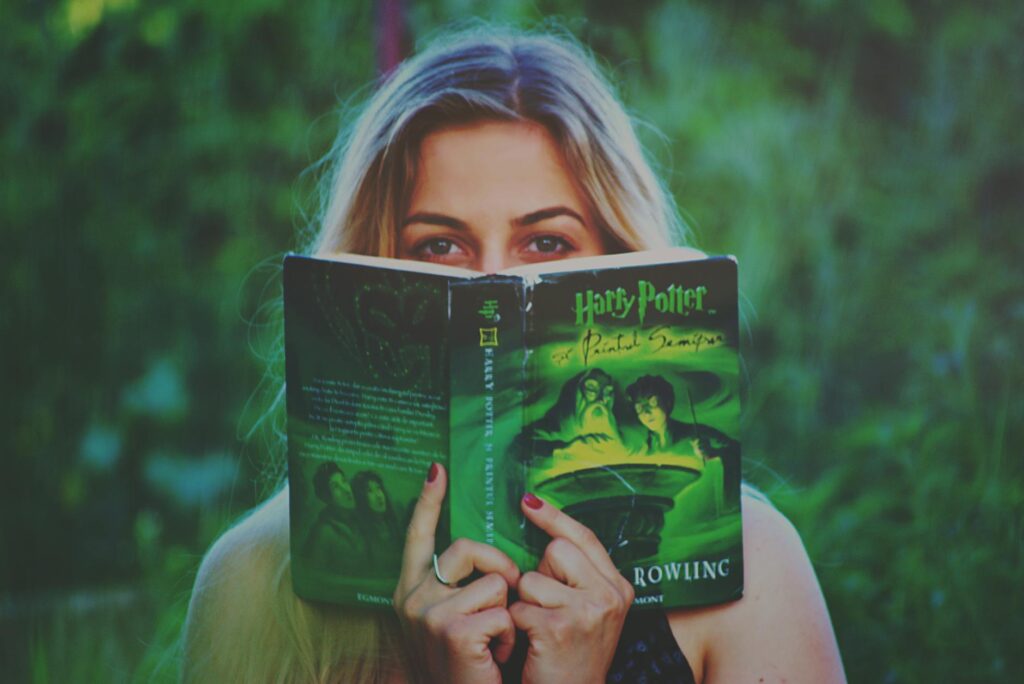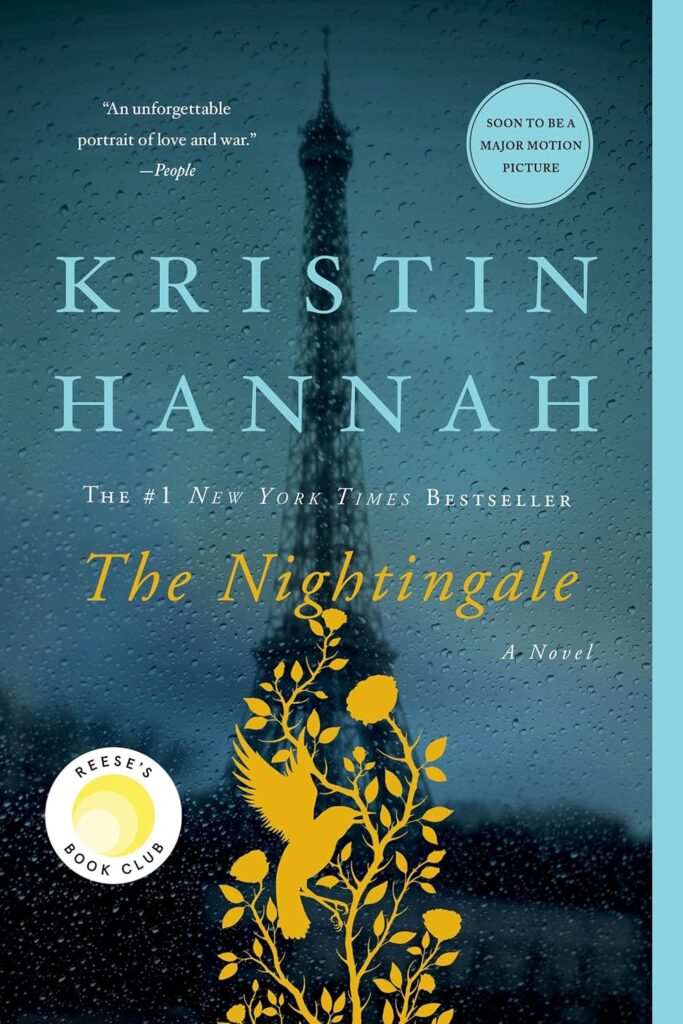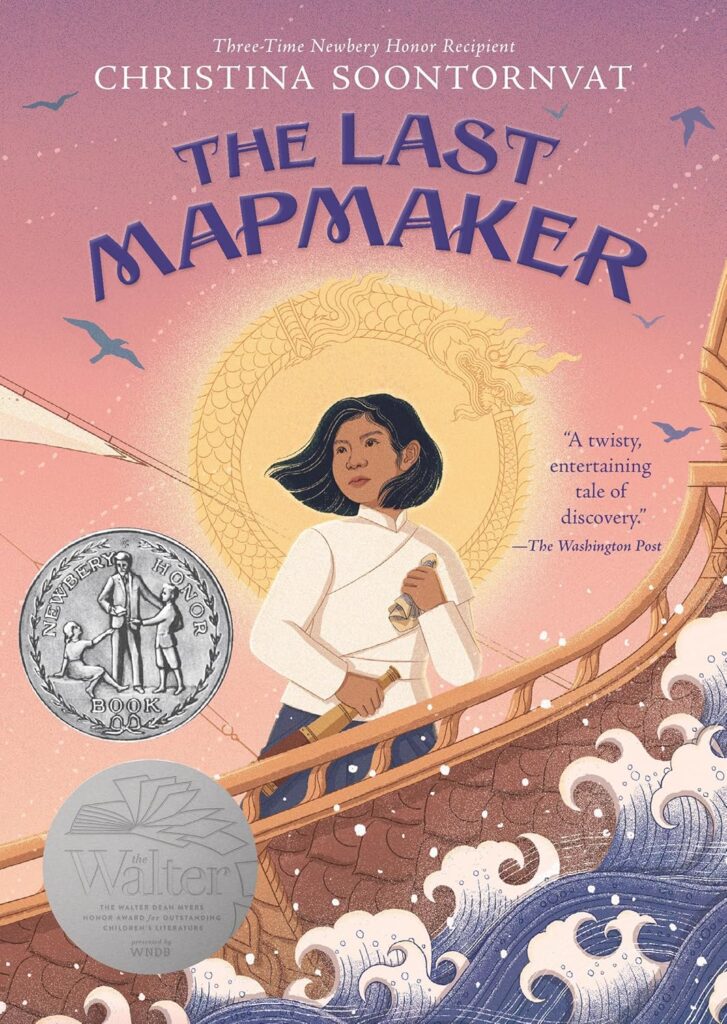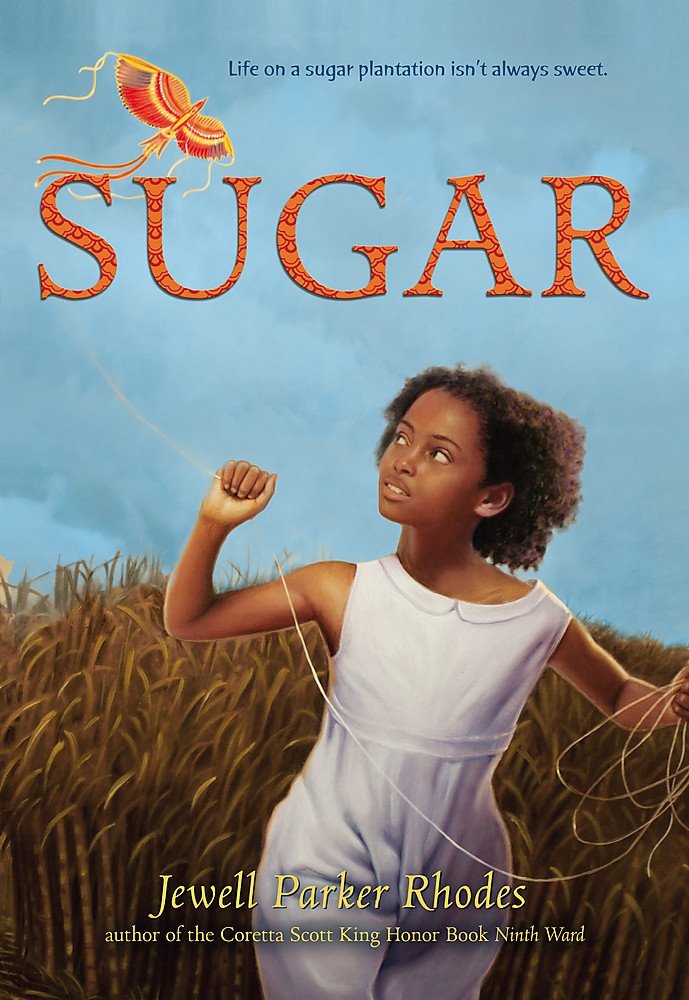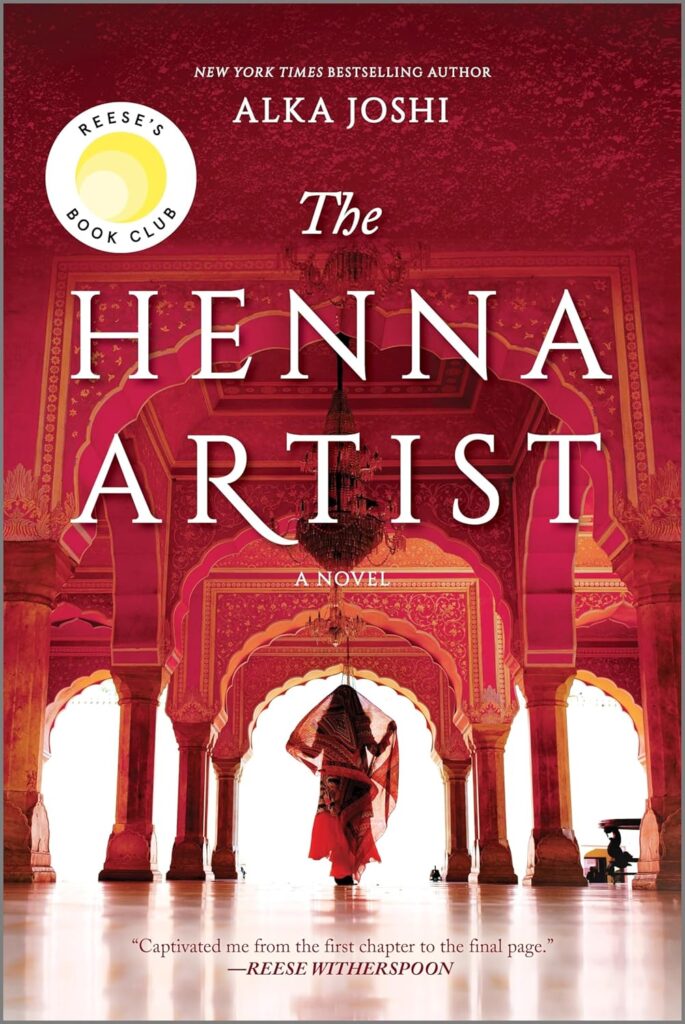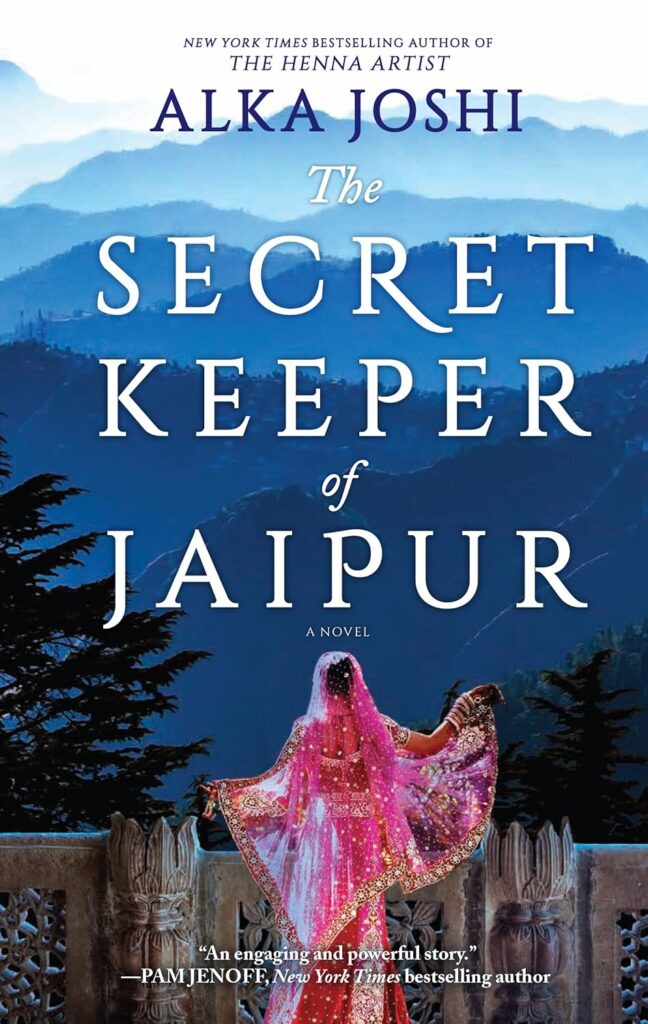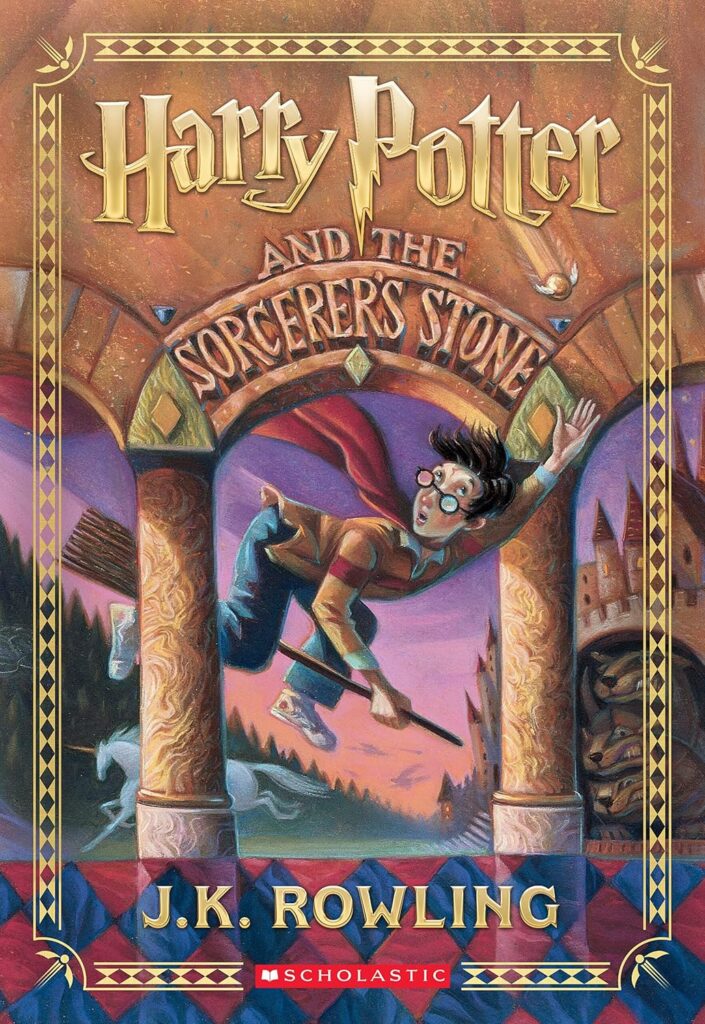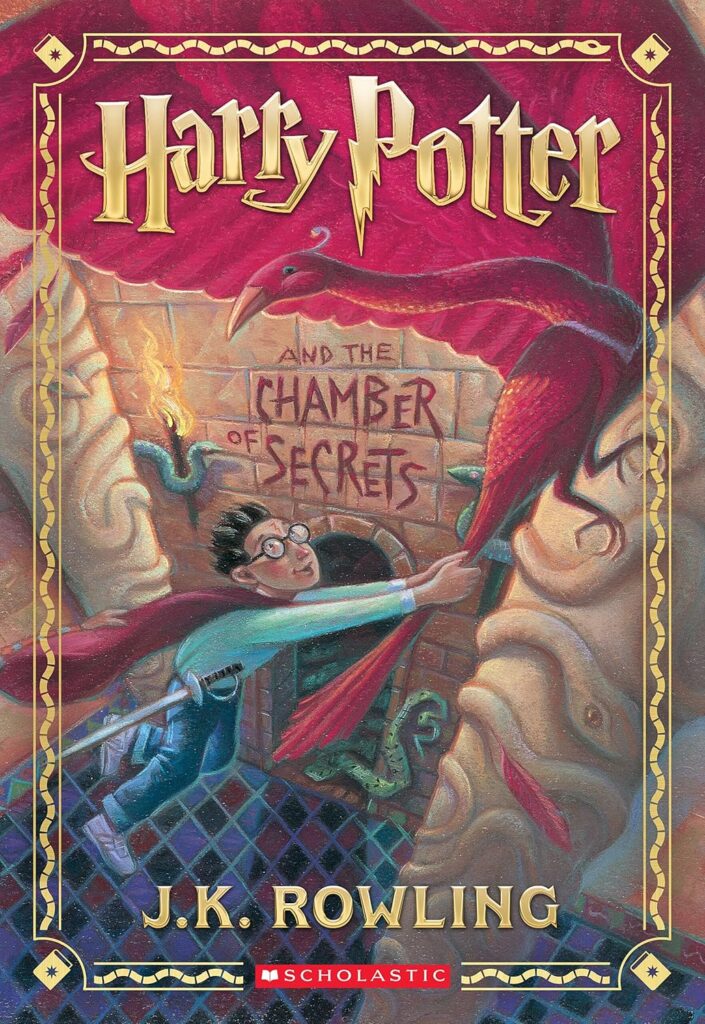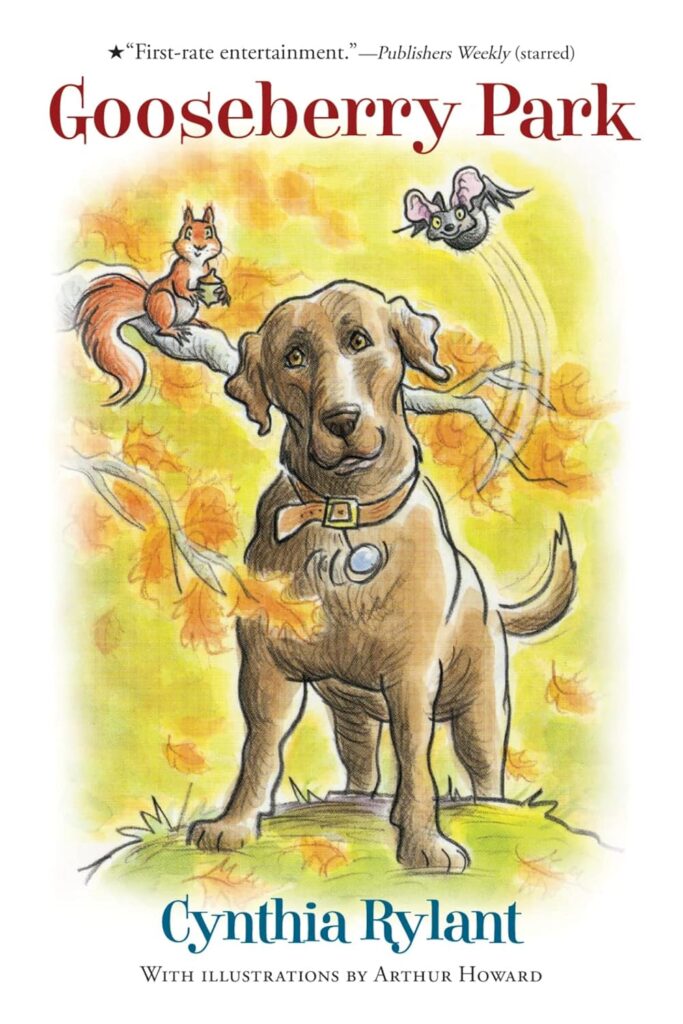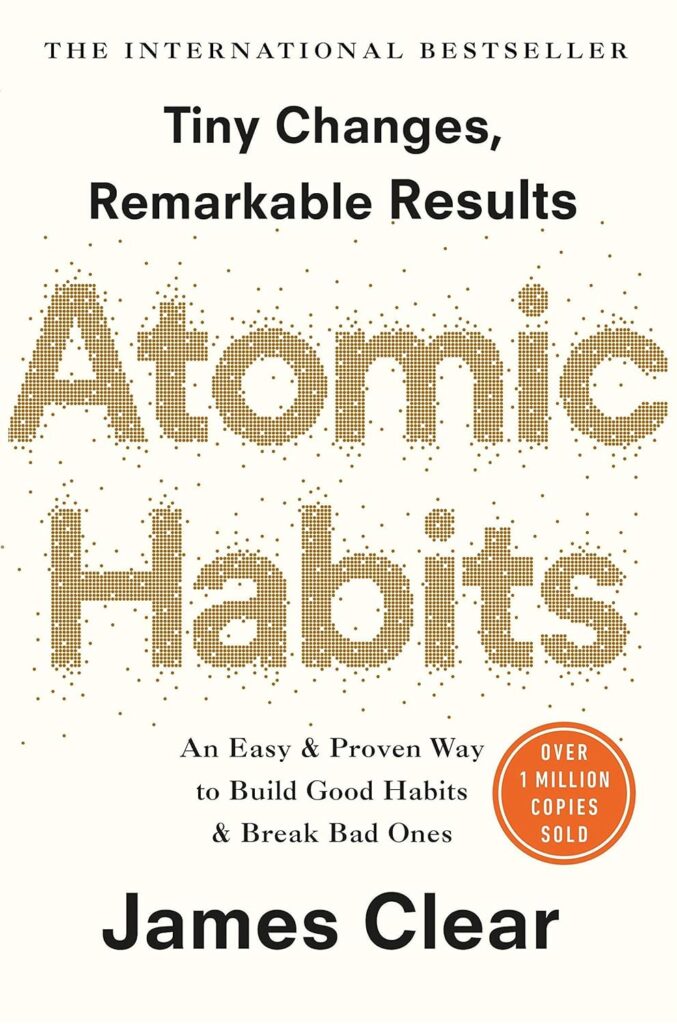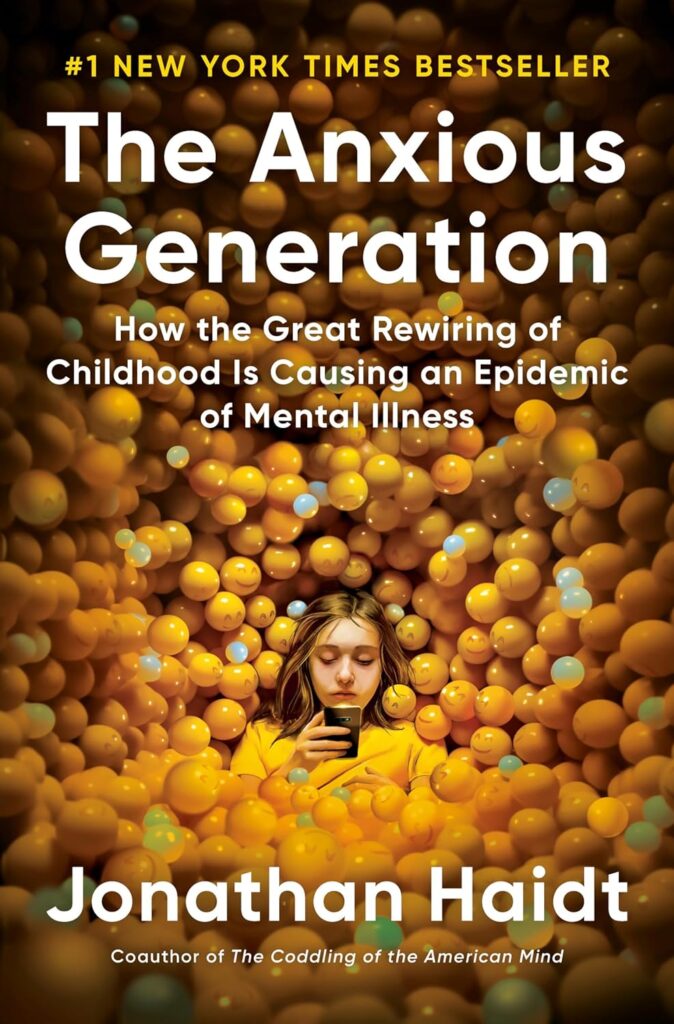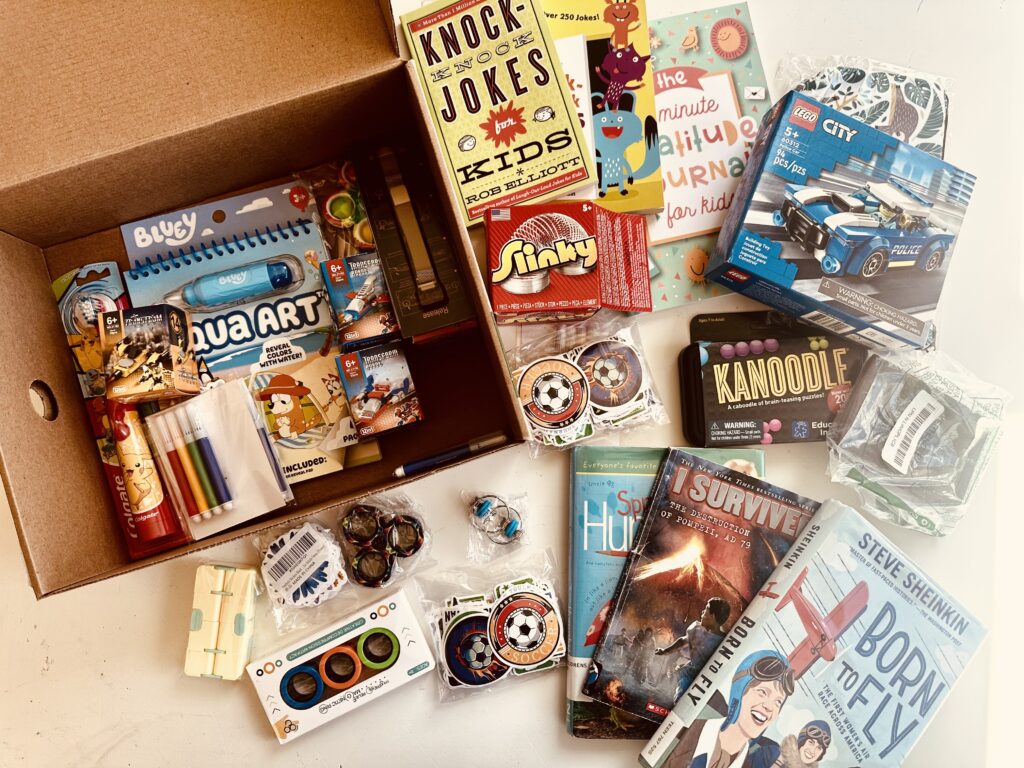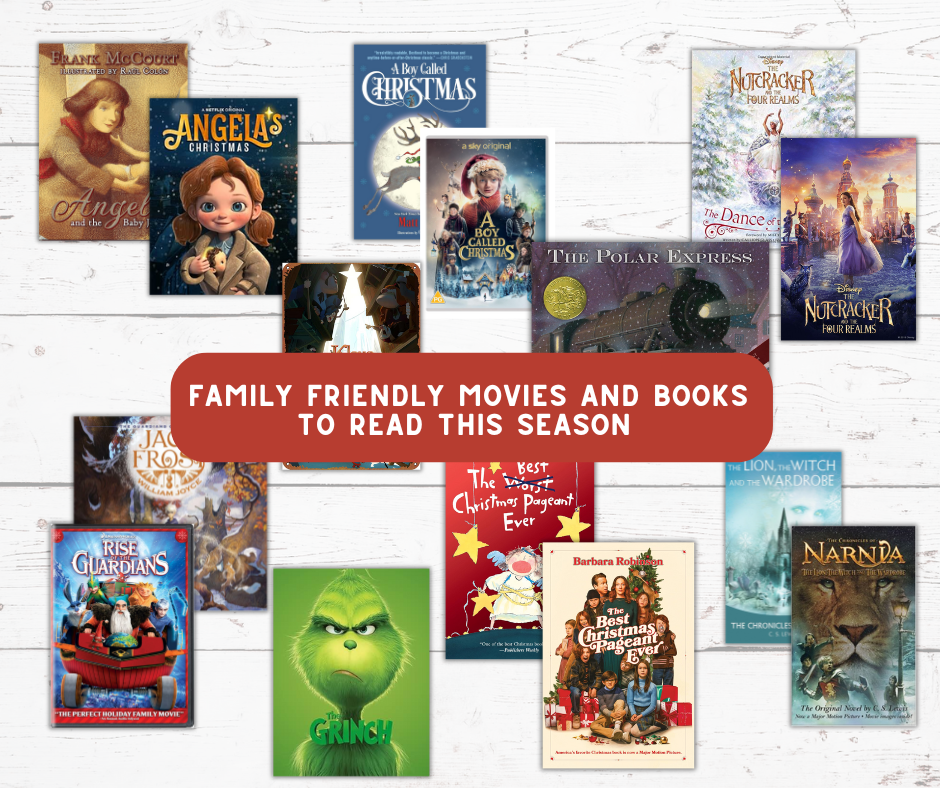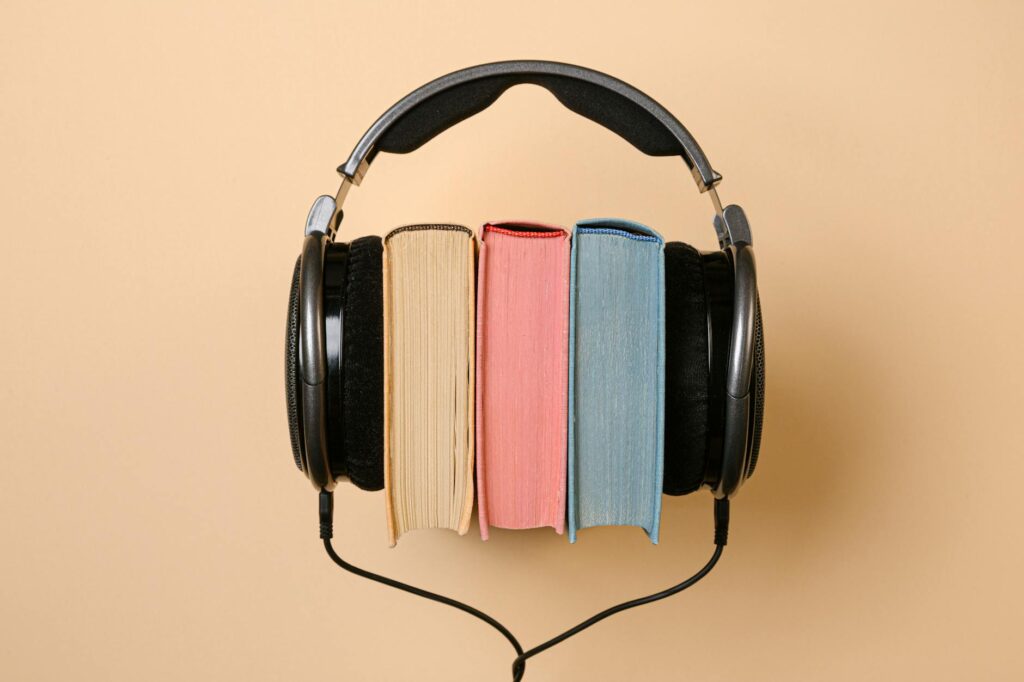Despite the busyness of having the kids at home this summer, I managed to exceed my reading goals. Last year, I didn’t have any any, and most of my reading happened in the second half of the year. This year, I’ve read 29 books so far, eight more than last year, 10 of which I read over the summer. It’s incredible how setting goals and working intentionally towards them can make such a difference.
Keep reading for a full list of my summer reads and a brief review. I definitely had some hits and misses. Some entries may contain spoilers, so proceed with caution. Also note that I share my personal views based on my beliefs and you don’t have to agree with me. Remember that we don’t always have to agree with everything in a book, and yet it can be a great book.
This book came highly recommended. The story is set in France during the World War II, and follows two sisters and their life before and during the war. I always struggle to read historical fiction placed in the WW II era because the suffering was immense and the grief that comes from reading requires great emotional strength. This book is no different. While both sisters take on great risks to save the lives of many, this book also has themes of killing, torture, and rape. These themes were difficult for me to read, and despite the well-structured story with suspense throughout, I struggled to get through it, highlighting the need for emotional resilience when reading such content.
I listened to the audiobook version of this book since my daughter was doing a literature study on it. The book follows the story of a girl named Sai and her struggles growing up, as well as her dream to break out of her circumstances and make a life for herself. She joins her mentor and boss on a journey aboard a ship to discover new lands for the royal family, specifically in search of a mythical place mentioned in legends. Along the way, you will encounter various characters and experience unexpected twists and turns. I particularly enjoyed the theme of justice prevailing, and I highly recommend this book because of its satisfying ending.
“Sugar” is the story of a little girl, Sugar named after the sugar plantation that her family works in. Sugar lives in the period when her family received freedom from slavery and yet struggles with the inability to enjoy the freedom that comes from it. She’s an orphan surrounded by people who love and care about her, and the story revolves around her unlikely friendship with Billy, the owner’s son. Soon, the Chinese arrive ashore, brought in as laborers to work in the sugar fields. While Sugar’s community is afraid that their jobs will be lost to the Chinese, what unfolds is an unexpected forging of friendship and community with the newcomers.
This book is part of a trilogy of which I read the first two. The book is very well narrated and follows the life of the rich and poor in Jaipur. Lakshmi escapes an abusive marriage and builds a life of her own as a Henna artist. She serves the rich in Jaipur and works hard to build a life, career, and her very own home. No one knows her past until she is reunited with her abusive husband and a sister she never knew she had. While some of the cultural aspects about India didn’t seem to make sense to me (maybe written for a foreign audience), I also did not quite enjoy the many themes such as infidelity, cheating (the acceptance of it), abortion, and the sexual content in this book. Sometimes it is hard to know what you are getting into until you have actually read a book. This would be a 2 star for me.
Book two of the Henna Artist Trilogy was a lot better. The story follows Laxmi who starts a new life in Shimla, gets married, and works at the hospital with her husband where she uses her knowledge of herbs to help heal patients, especially those who struggle with modern medicine. This book introduces new characters, plots, suspenseful story lines, and a really good ending (where justice is served). While some of the themes of infidelity carry through in this book, it is not a prominent theme. I’m not sure I will be reading the third book in this trilogy.
I decided to read the books to get my daughter interested in it. I am so glad I did. I also came across the Literary Life podcast and had so much fun learning about Rowling’s influences growing up and how she incorporated them into this book. There are many Christians who believe that the book has a strong witchcraft influence. I have read two books so far and have seen no witchcraft in these books. As many HP book lovers claim, these books are written like fairy tales, and the magic in these books is no different than the magical powers seen in the Narnia series, Lord of the Rings, The Hobbit, Keeper of the Lost Cities, and many famous fantasy books. Harry Potter will go down in history as a classic literary work, and I would love my kids to be part of that history.
While I thoroughly enjoyed reading Rowling’s skillful introduction of the setting and characters in the first book, it was book 2 that kept me up at night with its gripping mystery of the chamber of secrets. I’ve enjoyed watching Harry, Ron, and Hermione’s friendship develop and their eagerness to solve mysteries in Hogwarts. While Harry doesn’t seem to be the brightest in the class, he certainly has a natural eye for unravelling mysteries and a keen sense to solve them. Also, I love that despite his tough upbringing, he is truly humble and compassionate toward others. I am excited to continue to delve into the evolution of these characters and the narratives that lie ahead.
I recently picked up a book that’s been recommended on many read-aloud lists with the intention of discussing it with my 7-year-old. However, I was disappointed to find it uninteresting from the very start. The storyline lacked depth, and the main characters (a bat, crab, squirrel, and dog) formed an unlikely and unconvincing friendship. That being said, the book did have a nice theme about friendship, and its simplicity might appeal to little kids. If my child is interested, I will consider introducing him to the other Gooseberry Park books.
I recently used one of my Audible credits to purchase “Atomic Habits,” a book on my “to be read” list for a while. I’m glad I did because I will be listening to it again. The book begins with the author sharing his own life story before diving into the main topic – how to build atomic habits. In addition to practical tips for forming good habits, the book also addresses breaking bad habits and creating systems to support positive change. There are numerous worksheets available to help readers internalize and put into practice what they have learned. I highly recommend this book if you are looking for a guide to build better habits.
If you’re a parent raising young kids in a digital world, this book is a must-read. The author, Jonathan Haidt, makes a case for a play-based childhood, a concept that has been on the decline in recent decades, particularly with the advent of mobile devices. The book is a goldmine of data that can help you make informed decisions about when and whether to introduce smartphones and social media to your children, and the potential impact on their emotional, mental, and neurological development. What’s more, the book’s data is very recent, making it highly relevant to our current digital age and your parenting journey. While I don’t align with the author’s worldview, his research and work are worth taking seriously.
(Links in this post are Amazon affiliate links. If you purchase anything using these links, I will receive a small commission without any added cost to you.)
